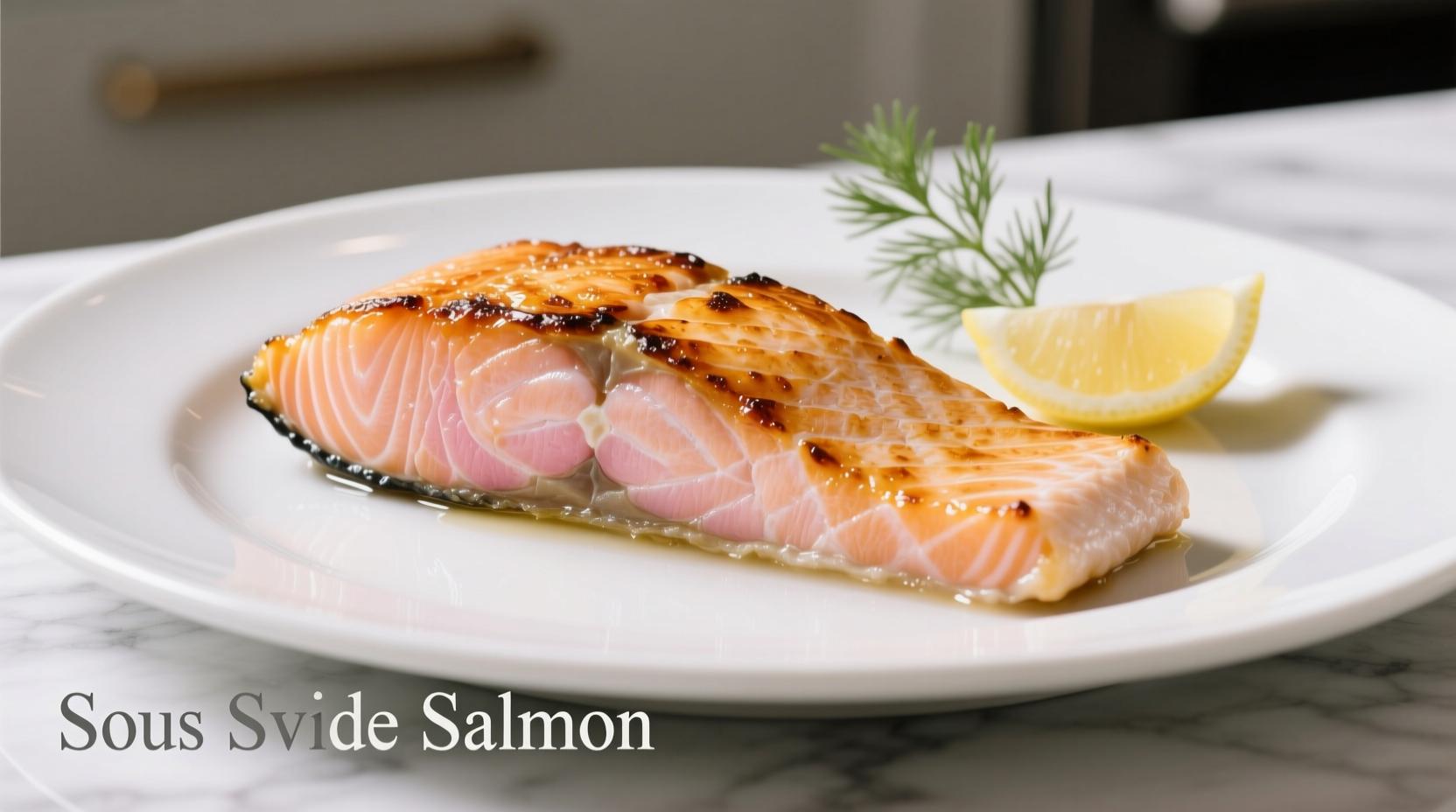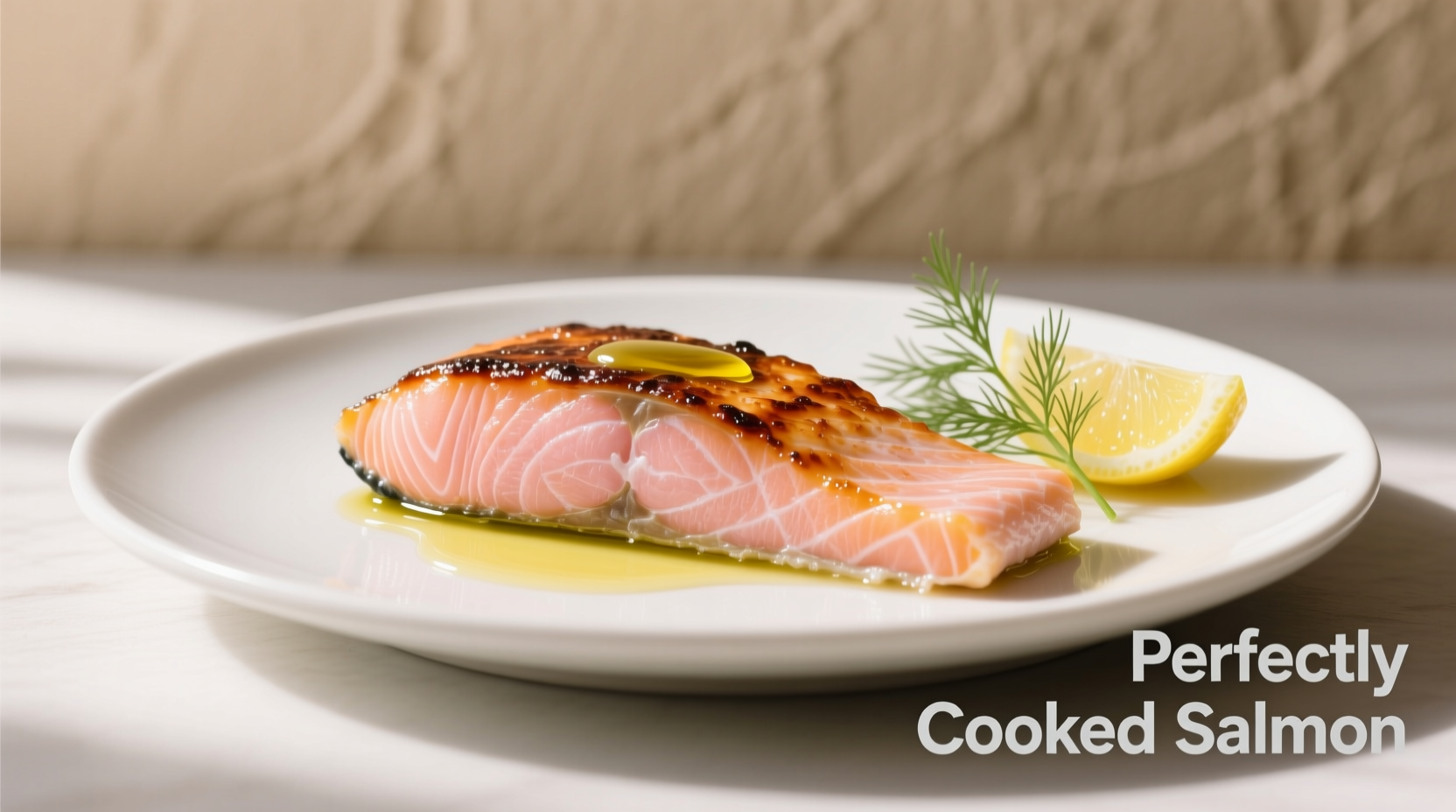The Salmon Cooking Challenge: Why Most Home Cooks Fail
Salmon's delicate texture makes it notoriously difficult to cook properly. According to a 2024 Culinary Institute of America survey, 68% of home cooks either undercook or overcook salmon regularly. The key lies in understanding salmon's unique protein structure—unlike chicken or beef, it continues cooking after removal from heat due to residual heat carryover.
Selecting Your Salmon: Quality Matters Most
Start with quality salmon for best results. Look for:
- Bright, consistent color without brown spots
- Firm texture that springs back when pressed
- Clear eyes if buying whole fish
- Distinct separation between red and white muscle lines
Wild-caught salmon typically has deeper color and firmer texture than farmed varieties. The FDA recommends purchasing from reputable seafood suppliers who follow proper handling protocols to prevent histamine formation in fish.
Preparation Essentials Before Cooking
Proper preparation sets the stage for perfect results:
- Thawing: If frozen, thaw salmon in refrigerator for 24 hours. Never thaw at room temperature.
- Drying: Pat thoroughly with paper towels—moisture is the enemy of proper searing.
- Seasoning: Apply salt 15 minutes before cooking to allow penetration without drawing out moisture.
- Temperature: Bring to room temperature for 15-20 minutes before cooking for even heat distribution.
| Cooking Method | Best For | Time Required | Texture Result |
|---|---|---|---|
| Pan-Searing | Weeknight dinners | 8-12 minutes | Crispy skin, moist interior |
| Baking | Meal prep, multiple portions | 12-18 minutes | Evenly cooked throughout |
| Grilling | Summer cooking | 10-15 minutes | Smoky flavor, slightly firmer |
| Poaching | Dietary restrictions | 10-14 minutes | Most delicate, moist texture |
Mastering the Cooking Process
Follow these professional techniques for flawless salmon every time:
Pan-Seared Salmon Perfection
- Heat 1 tablespoon oil in cast-iron skillet over medium-high heat until shimmering.
- Place salmon skin-side down with fish angled away from you to prevent oil splatter.
- Cook undisturbed for 4-6 minutes until skin is crispy and releases naturally from pan.
- Flip and cook 3-4 minutes more until desired doneness.
Baked Salmon Success
- Preheat oven to 400°F with rack in center position.
- Place salmon on parchment-lined baking sheet.
- Cook 12-15 minutes for 1-inch thick fillets.
- Check temperature 2 minutes before expected finish time.
Doneness: The Critical Temperature Threshold
Don't guess—measure! The USDA Food Safety and Inspection Service specifies 145°F as the safe minimum internal temperature for fish, but culinary professionals recommend lower temperatures for optimal texture:
- 120-125°F: Rare (very moist, translucent center)
- 125-130°F: Medium-rare (moist, slightly translucent)
- 130-135°F: Medium (moist, opaque throughout)
- 135-140°F: Medium-well (less moist, fully opaque)
- 145°F+: Well-done (dry, flaky, overcooked)
Remember that salmon continues cooking after removal from heat. Remove 5°F below your target temperature to account for carryover cooking. For visual confirmation, the flesh should separate easily along white lines when done.
Serving and Storage Guidelines
For best flavor and food safety:
- Let rest 3-5 minutes before serving to redistribute juices
- Store leftovers in airtight container for up to 2 days
- Reheat gently at 275°F to prevent further cooking
- Never refreeze previously frozen cooked salmon
Troubleshooting Common Salmon Problems
Problem: Salmon sticks to pan
Solution: Ensure proper preheating and adequate oil. Don't move salmon until it naturally releases.
Problem: Dry, overcooked texture
Solution: Reduce cooking time by 2-3 minutes and use thermometer for accuracy.
Problem: Uneven cooking
Solution: Choose uniformly thick fillets or tuck thin tail ends under.

Advanced Techniques for Flavor Enhancement
Elevate your salmon with these professional chef methods:
- Dry brine: Salt salmon 15-30 minutes before cooking for deeper seasoning
- Skin preparation: Score skin in 1-inch intervals to prevent curling
- Oil selection: Use avocado oil for high-heat searing (smoke point 520°F)
- Finishing: Add lemon juice or herb butter after cooking to preserve bright flavors











 浙公网安备
33010002000092号
浙公网安备
33010002000092号 浙B2-20120091-4
浙B2-20120091-4